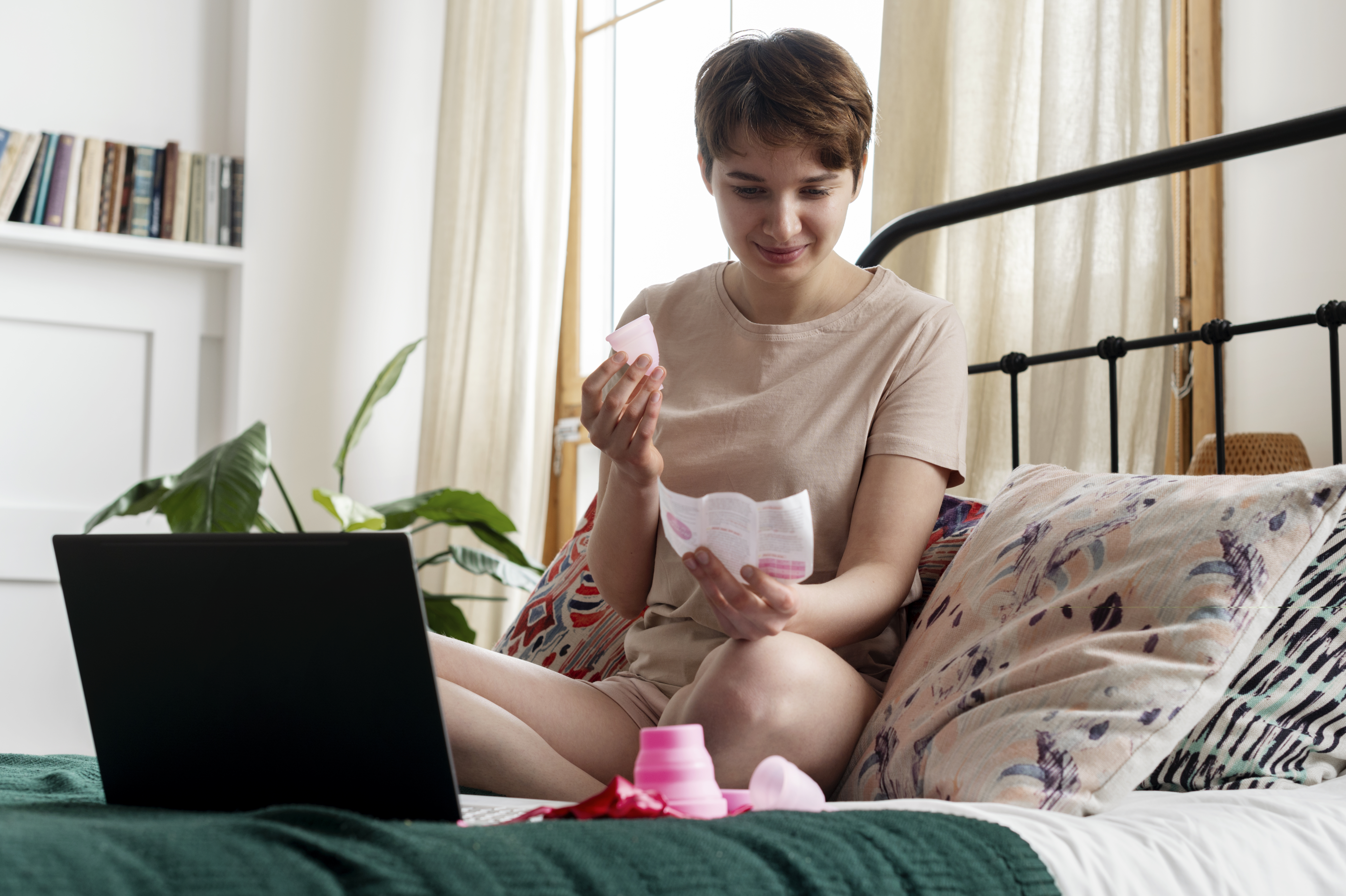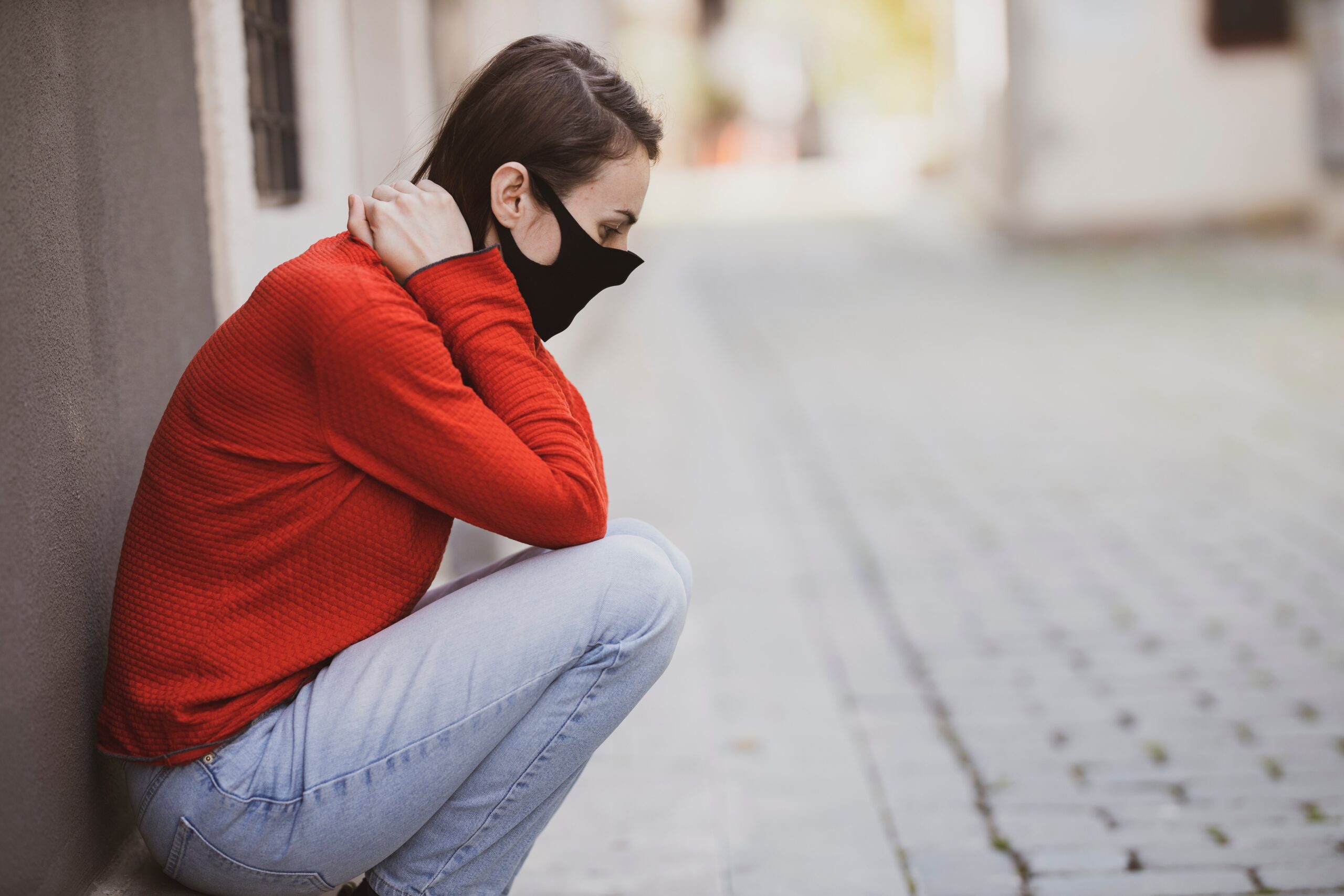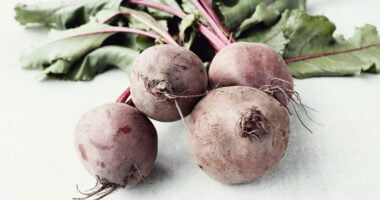Find out “When can women get pregnant in the menstrual cycle?” The menstrual cycle is often thought of as a 28-day process, but the reality is that it can vary widely from woman to woman. So, when can women get pregnant in the menstrual cycle? The answer is that it depends on the individual woman and her cycle. Some women ovulate earlier or later in their cycle, and some have shorter or longer cycles. However, there are some general guidelines that can help you figure out when you’re most likely to be fertile. Keep reading to learn more about the menstrual cycle and fertility.
Table of Contents
What is the menstrual cycle?
The menstrual cycle is the regular natural change that occurs in the female reproductive system (specifically the uterus and ovaries) that makes pregnancy possible. The cycle is required for the production of ova, and for the preparation of the uterus for pregnancy.
The average length of the menstrual cycle is 28 days, but it can range from 21 to 35 days. Ovulation typically occurs around day 14 of a woman’s cycle, with day 1 being the first day of her period. For most women, ovulation is a fairly predictable event, occurring every month without fail.
However, there are some women who experience irregular cycles, which can make predicting ovulation more difficult. Additionally, a woman’s cycle may vary in length from month to month. This can be due to a number of factors including stress, weight changes, illness, or use of certain medications.
In order for pregnancy to occur, sperm must fertilize an egg shortly after it is released from the ovary (ovulation). Fertilization usually occurs in the fallopian tubes, and then the fertilized egg travels down to implant in the lining of the uterus. If implantation does not occur within a few days of ovulation, pregnancy cannot happen.
It is important to note that just because a woman has sex during her fertile window (the five days leading up to and including ovulation), it does not guarantee that she will become pregnant. There are many factors that can affect a couple’s chances of conceiving, including the quality of the sperm, the timing of intercourse, and the age of the woman.
How does the menstrual cycle affect fertility?
The menstrual cycle affects fertility in a number of ways. The most important factor is the release of an egg from the ovary, which typically happens around day 14 of a 28-day cycle. If sperm are present in the fallopian tubes when this happens, fertilization can occur and pregnancy can result.
Other factors that affect fertility include the quality of the eggs produced by the ovaries, the presence of any abnormal tissue in the uterus or fallopian tubes, and the timing of intercourse relative to ovulation. Age is also a factor, as women become less fertile as they get older.
When is the best time to get pregnant?
There is no one “best” time to get pregnant. The best time to get pregnant is when you are ready, both mentally and physically. You should also be in a good place in your relationship, with a partner who is supportive and involved.
If you are trying to conceive, there are a few things you can do to increase your chances of getting pregnant:
- Be aware of your ovulation cycle and timing intercourse around ovulation.
- Get regular checkups with your gynecologist to ensure that you are healthy and your reproductive organs are functioning properly.
- Eat a healthy diet and take prenatal vitamins to support a healthy pregnancy.
- Avoid smoking, drinking alcohol, and using drugs, as these can all harm the developing fetus.
How to increase your chances of getting pregnant
If you’re hoping to conceive, you might be wondering when is the best time to have sex. The quick answer is that you can get pregnant at any time during your menstrual cycle, as long as you have sex without using birth control.
But if you want to increase your chances of getting pregnant, timing intercourse around your ovulation is key. To understand why, let’s review how your menstrual cycle works.
Every month, your ovaries release an egg (or ovum) into your fallopian tubes. If this egg meets up with sperm from your partner and fertilizes, it will travel down into your uterus and implant in the lining — congratulations, you’re pregnant!
You’re most fertile during the two to three days leading up to and including ovulation. That’s because an egg can survive in the fallopian tubes for 24 hours after being released from the ovary, and sperm can live inside a woman for three to five days after ejaculation.
If you have $ex during this time each month — about midway through — you’ll increase the odds that one of these sperm cells will meet up with your egg and fertilize it. And voilà, pregnancy occurs!
It’s important to remember that every woman is different and there is no “perfect” time to try for a baby. But if you’re looking to boost your odds of conception, paying attention to when you ovulate each month is a good place to start.
There are a few ways you can predict when you’re ovulating:
- Look for changes in your cervical mucus. Just before ovulation, your cervix (the opening to your uterus) produces more mucus and it becomes thinner, slippery, and clear — sort of like raw egg whites. This is called “fertile” mucus because it’s a sign that you’re nearing ovulation and should have sex if you want to get pregnant.
- Check your basal body temperature. Your basal body temperature (BBT) is your lowest body temperature achieved in a 24-hour period. Just before ovulation, your BBT rises slightly, which is an indication that ovulation is about to take place. You can track your BBT with a special thermometer designed for this purpose (available at most drugstores).
- Use an ovulation predictor kit (OPK). An OPK works by detecting the luteinizing hormone (LH) in your urine, which increases just before you ovulate. You’ll need to pee on a stick each day around the time you think you might be ovulating and watch for the test to change color, indicating a surge in LH.
Conclusion
There are a few days each menstrual cycle when a woman can get pregnant. This fertile window is usually between days 10 and 17, with day 14 being the most likely day to conceive. However, it’s important to remember that every woman is different and there is no set rule for when you can or cannot get pregnant. If you’re trying to conceive, it’s best to talk to your doctor about the best way to track your ovulation so that you can maximize your chances of getting pregnant.


:max_bytes(150000):strip_icc()/cGettyImages-1189920074-2000-169762a1de5045fab4756b0b96d376dc.jpg)







